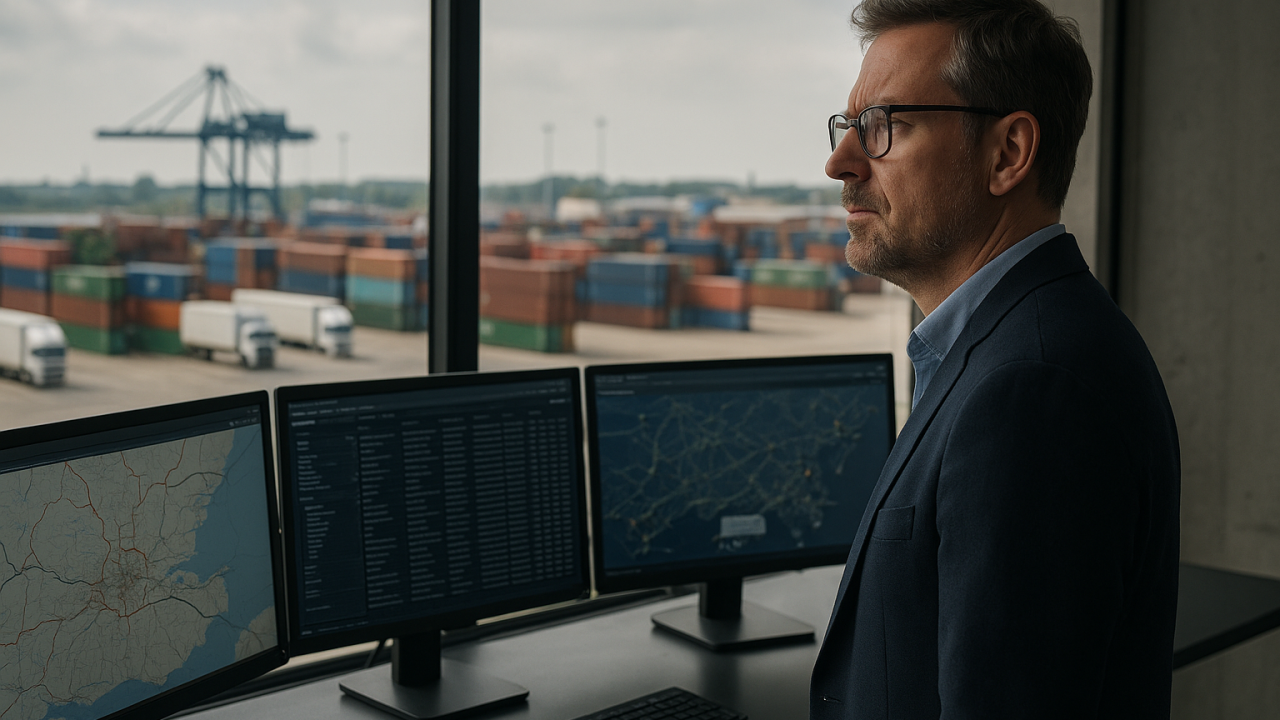In many industries — transport and logistics included — innovation is still too often equated with visibility. A redesigned interface, a new mobile app, or a dashboard that simply “looks better.” But every organization that builds its own software eventually learns a deeper truth: the most impactful innovations are rarely the most visible ones.
While the outside world focuses on features and front-ends, we — as an in-house development team — focus on the foundation: domain modeling, event flows, optimization logic, scalable infrastructure, and fault tolerance. These elements, mostly invisible to the end user, are what determine whether a platform becomes future-proof or fundamentally fragile.
Innovation as a System, Not a Showcase
Organizations that depend on third-party software often find their innovation potential constrained by someone else’s roadmap. Internal software development, on the other hand, enables iteration at the architectural level — the level where real, lasting innovation happens. Not in what the system shows, but in how it thinks, learns, and responds.
Academic literature refers to this as deep innovation or architectural enablement. According to recent research by MIT Sloan and Capgemini Invent, the greatest potential for digital transformation lies within what’s often called the “non-differentiated core” — components that aren’t flashy, but are absolutely critical. Think of dynamic routing under changing operational constraints, embedded logic that reduces wait times and emissions, or redesigned data structures that lower latency and increase reliability at scale.
Silent Innovation Engine
In our organization, we deliberately build our software in-house — not to do everything ourselves, but to maintain intellectual ownership of the digital nervous system behind our logistics operations. Within the context of our control tower, this means full control over how data flows, how decisions are made, and how exceptions are absorbed before they ripple downstream.
Our innovations rarely appear in release notes with fanfare. Instead, they take shape in redesigned exception logic that enables autonomous correction without human intervention. They live in optimized memory footprints of real-time planning engines that process tens of thousands of shipments per cycle, without delay. They reveal themselves in an event-driven architecture that dynamically reroutes transport disruptions without any manual input.
To the casual observer, nothing seems to have changed. But for those operating in the chain — those who count on our systems and rely on our rhythm — everything is different. Less noise. Less waiting. More control. More predictability. More calm.
Innovation Through Reduction
One of the paradoxes of meaningful innovation is that it often focuses on reduction rather than addition. Fewer steps. Fewer delays. Fewer errors. Fewer dependencies. Not because less is the goal — but because it creates space. Space for scale. Space for reliability. Space for adaptability.
The future of logistics will not be defined by another app or an extra dashboard. It will be built by systems that learn, anticipate, and self-optimize — without a human needing to intervene. And that requires precision, ownership, and restraint. The courage to innovate without the need to be seen.
In an era where digital transformation is often mistaken for superficial change, we commit to deeper work. We don’t build showcases. We build mechanisms. Systems that improve themselves, absorb friction, and scale quietly.
Our software department is not a cost center — it is a strategic engine for innovation. And it is already building the logistics of tomorrow.



